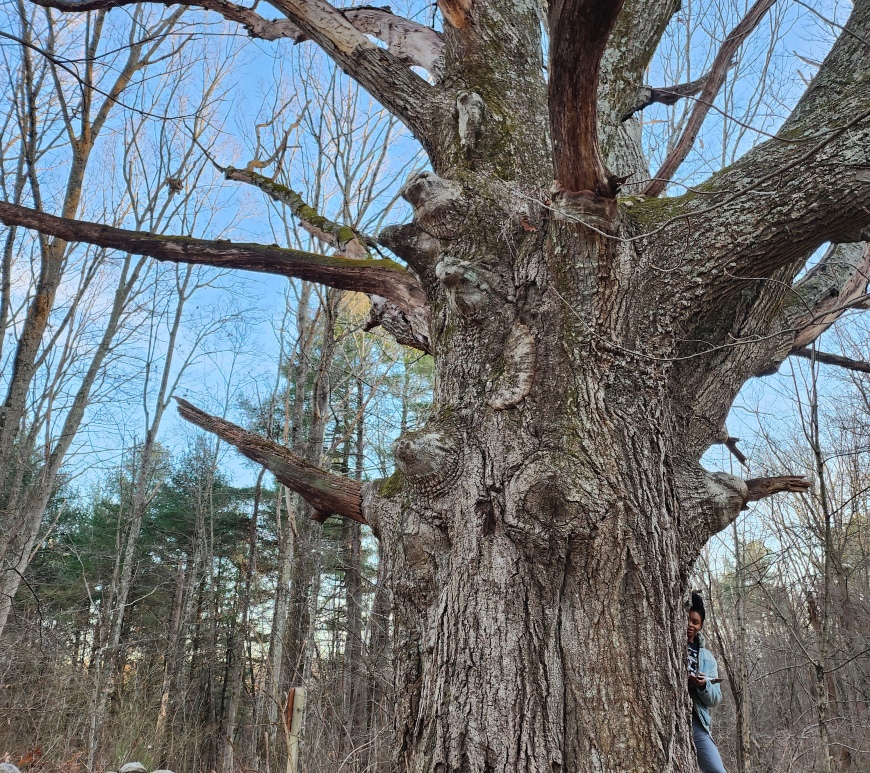
For Partners and Allies in Rematriation
Collaborative partnerships between Indigenous communities, non-Indigenous allies, and governmental or non-governmental organizations are important for advancing the land-back and rematriation movements. These partnerships can offer a framework for shared responsibilities, resources, and expertise, contributing to the success and sustainability of land-return initiatives in several ways. Collaborative partnerships can enable the pooling of resources, both financial and technical. Non-Indigenous allies and organizations can provide funding, legal … Continue reading For Partners and Allies in Rematriation


